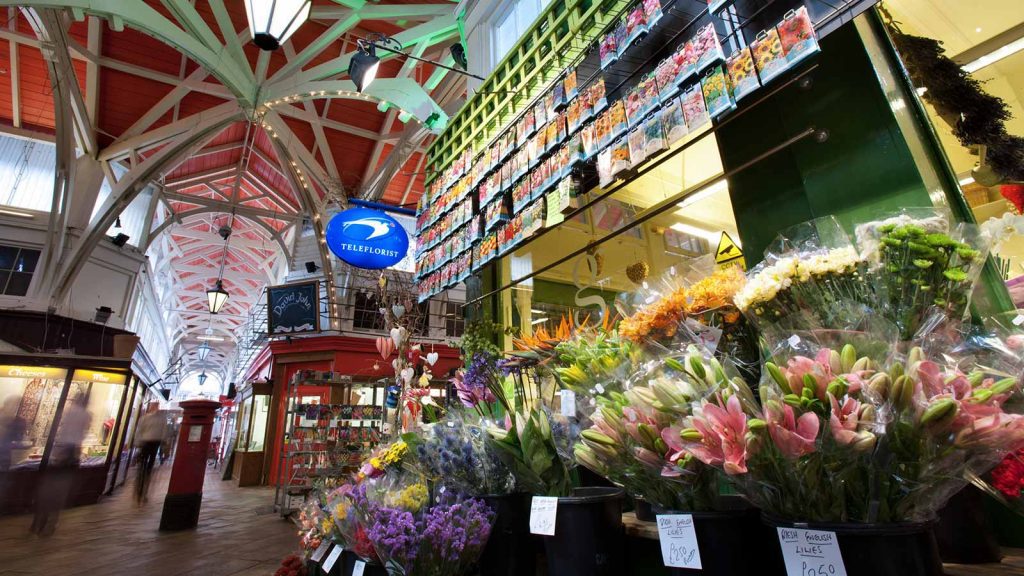City Council begins project that could see Covered Market transformed for future generations of shoppers

As the jewel in the crown of the city centre, Oxford City Council has begun a project that could see the Covered Market transformed for future generations of shoppers.
The City Council will develop a masterplan – a critical document that will set out how the market could be regenerated and improved – during the course of 2021.
With significant changes to consumer spending trends in both the retail and market sectors, and the impact from the coronavirus pandemic, the Covered Market’s future success will require it to evolve and adapt.
The masterplan will therefore explore how we could:
- Make the market more visible and attractive from the street, for example by improving entrances and in particular the Market Street area.
- Encourage people to spend more time in the market, for example by enhancing the central open spaces, and introducing seating and enabling events
- Improve public facilities and market operations, for example by redesigning the service yard, and devising lower energy ways to heat, cool and light the market
The regeneration will respect the unique character, heritage and history of the Covered Market, which first opened in 1774 and is Grade II-listed.
The City Council will work with Covered Market traders, Oxford residents and other stakeholders during the course of the year to come up with further ideas and draft the masterplan.
Transforming the Covered Market
The City Council has already made two appointments to deliver the project:
- Gort Scott Architects, a practice that has significant experience with markets and heritage assets, to deliver the masterplan
- Transition by Design, an Oxford-based architect practice, to run the community engagement process alongside Gort Scott
The masterplan will be used to inform a business case for approval by the City Council. This will examine how much the regeneration of the Covered Market could cost and how it might then be funded.
The aim is to develop the masterplan during 2021, with work towards planning permission and listed building consent then starting in 2022, subject to the approval of a business case.
The City Council had hoped to start the masterplan during 2020, but the coronavirus pandemic has delayed the project.
A home for independent businesses
Alongside developing the masterplan, the City Council has also commissioned retail experts The Retail Group to create a new leasing strategy for the Covered Market.
The new strategy will set out the types of businesses that will be allowed to operate in the market, ensuring it continues to be a home for independent businesses. The existing leasing strategy was agreed in 2015.
The Retail Group has been consulting with Covered Market tenants and other key stakeholders through 2020, and aims to present the document to the City Council’s Cabinet in April.
Separately, the City Council is already investing £3.1m into the Covered Market to secure its long-term future. The investment includes £1.8m to secure the roof for another 60 to 80 years, and £1.3m for internal refurbishment and decorations.
The City Council is also working with Tap Social, an Oxford-based and award-winning social enterprise, to run a bar and series of events in the market. The opening of the bar has been delayed by the global pandemic, and will now happen later this year.
Councillor Mary Clarkson, Cabinet Member for City Centre, Covered Market and Culture, said: “The aim of the masterplan and leasing strategy is to come out of the coronavirus pandemic with a solid and deliverable plan ready to proceed that will transform the Covered Market, create new jobs in the city centre and secure the long-term future of the jewel in the crown of Oxford’s retail offer.
“It has been an extremely difficult year for the Covered Market traders, but Oxford City Council is invested in the long-term success of the market. We are the custodian of a market that has been in continuous use since the late 18th century; we take that responsibility seriously, and we see it as our duty to secure the market for future generations.”



